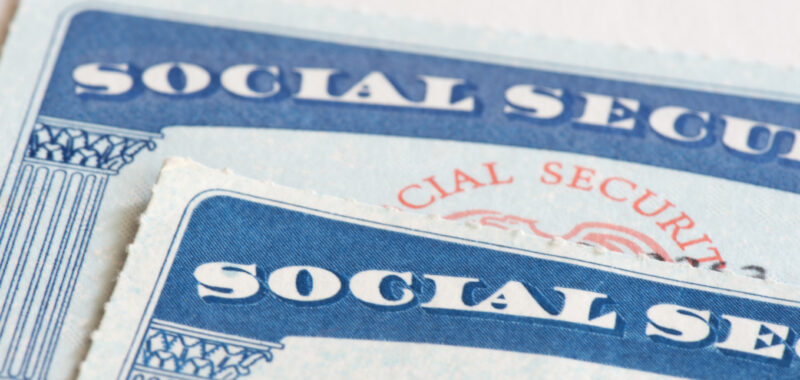A 2.5% raise may not be so terrible in the grand scheme of things.
Millions of retired Americans rely on Social Security as a key source of monthly income. And that makes the program’s cost-of-living adjustments, or COLAs, so important.
Automatic COLAs were introduced to Social Security in 1975. And their purpose is to help seniors maintain their buying power as inflation drives the cost of living upward over time.

Image source: Getty Images.
Just as $1 today most likely won’t be worth $1 in 10 or 20 years, so, too, can Social Security’s buying power erode over time without annual adjustments to seniors’ benefits. When COLAs end up on the small side, it deals a harsh blow to those retirees who get the bulk of their monthly income from Social Security.
Unfortunately, 2025’s Social Security COLA isn’t exactly going to be a record-breaker. As a result of cooling inflation, benefits will only be rising by 2.5% in the new year.
That raises the average monthly benefit by about $50, not accounting for any increases in the cost of Medicare Part B. Seniors enrolled in Social Security and Medicare at the same time have their Part B premiums deducted from their benefits, so it’s common for Part B premium hikes to eat away at COLAs.
While a 2.5% Social Security COLA for 2025 might seem stingy, the reality is that 2026’s COLA could be even smaller. Here’s why.
A matter of cooling inflation
Social Security COLAs are tied to inflation. When the cost of consumer expenses rises from one year to the next, Social Security benefits get a lift. When the cost of consumer expenses declines or remains flat, Social Security benefits get a 0% COLA — meaning, they stay where they are. Thankfully, Social Security benefits won’t shrink from one year to the next, even if living costs drop significantly.
Meanwhile, the Federal Reserve uses a specific measure known as its treasury spread — the difference in interest rates between 10-year and three-month Treasury rates — to calculate the likelihood of the economy falling into a recession. As of early October, it put the likelihood of a recession over the next 12 months at 57%.
A recession could result in a large uptick in unemployment. It could also lead to a decline in consumer spending and lower prices as the supply of available goods and services starts to outpace demand. If that happens and inflation levels fall in 2025 as a result, seniors on Social Security may be in for an even smaller COLA in 2026.
It’s too soon to know
Just because the Federal Reserve puts the probability of a recession in the next year at 57% doesn’t mean the economy is going to experience one. A lot can happen over the next 12 months. And if the Fed moves forward with more interest-rate cuts, as expected, it could actually lead to an uptick in consumer spending, not a decline.
Interest-rate cuts tend to lead to less expensive borrowing. In an environment like that, broad consumer demand could increase and outpace supply, leading to higher consumer prices or keeping current prices fairly steady.
While there’s a chance that 2026’s Social Security COLA will be smaller than 2025’s, there’s also a chance that it will be comparable to next year’s 2.5% increase or even higher. However, that’s not something seniors should bank on.
In light of that, if you depend heavily on Social Security for income, now’s the time to gear up for an even smaller COLA in 2026 — and take steps to improve your finances independently. Those could include joining the gig economy for extra money or researching parts of the country where your Social Security checks might go further — and getting serious about making a move.

